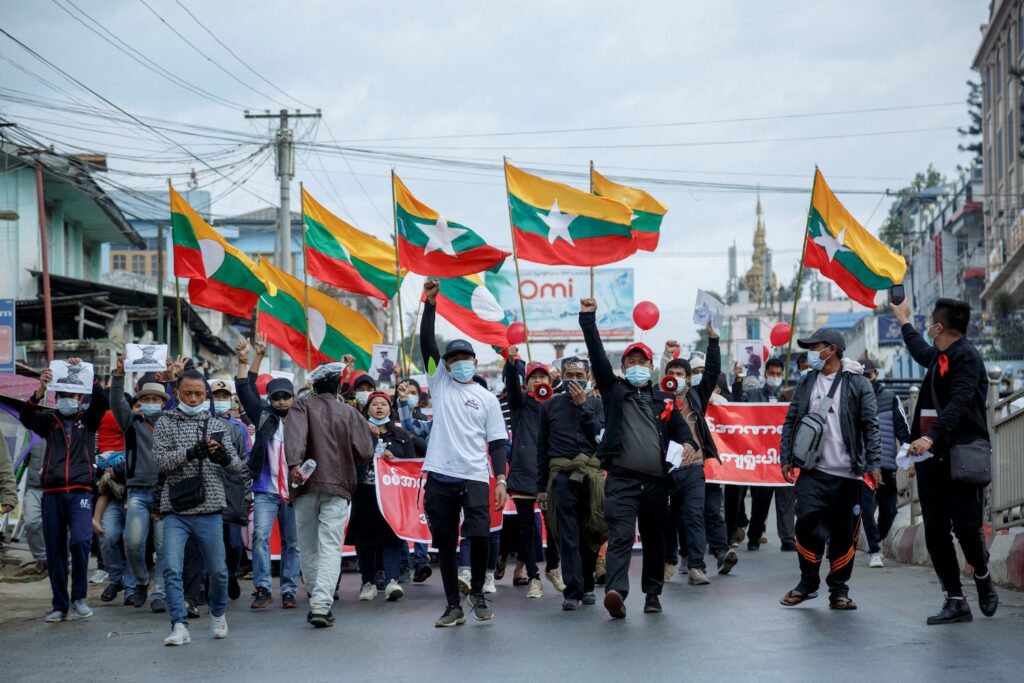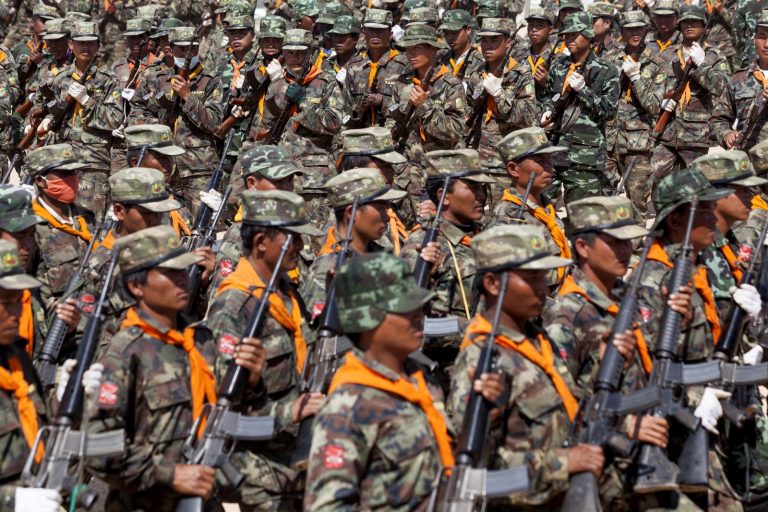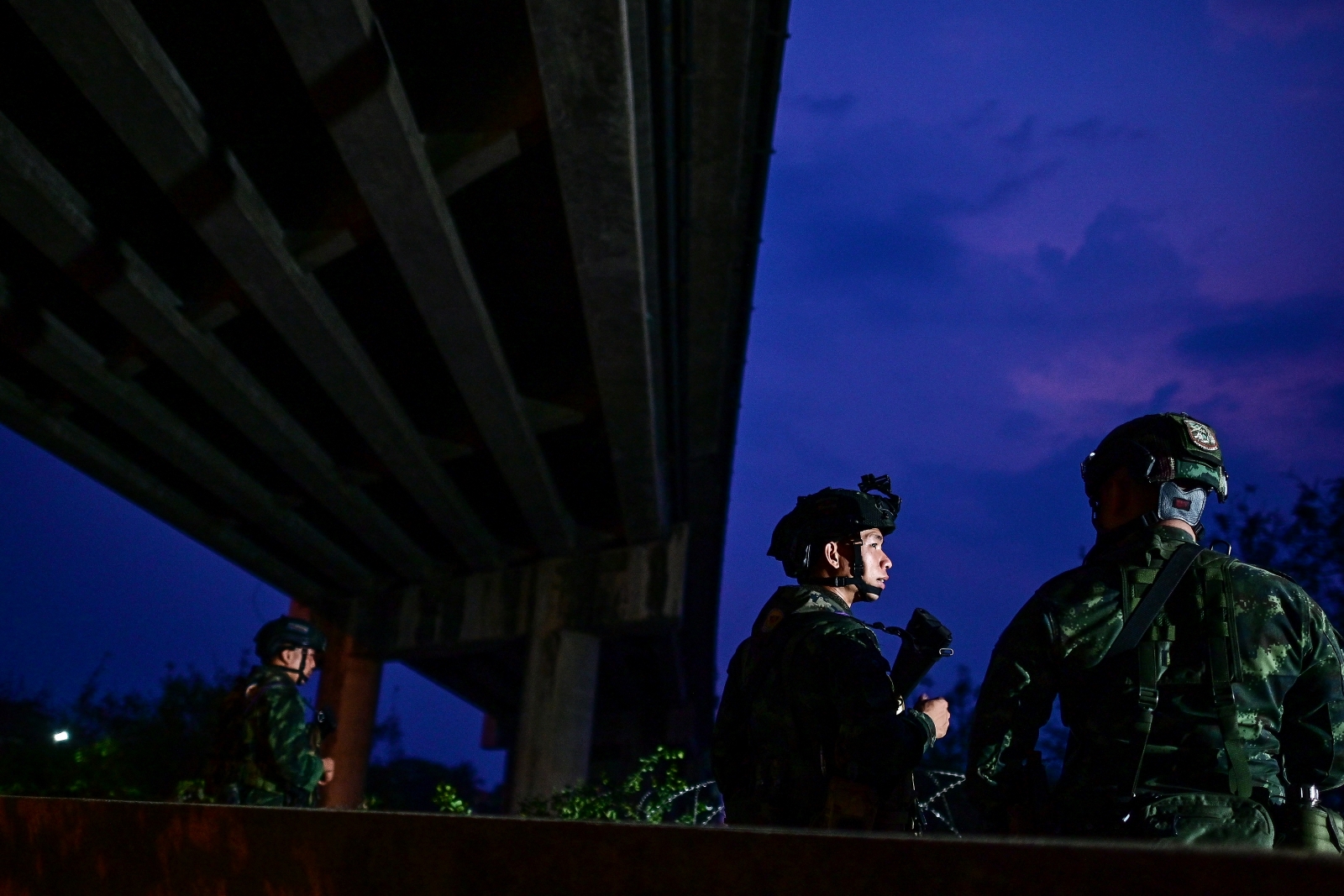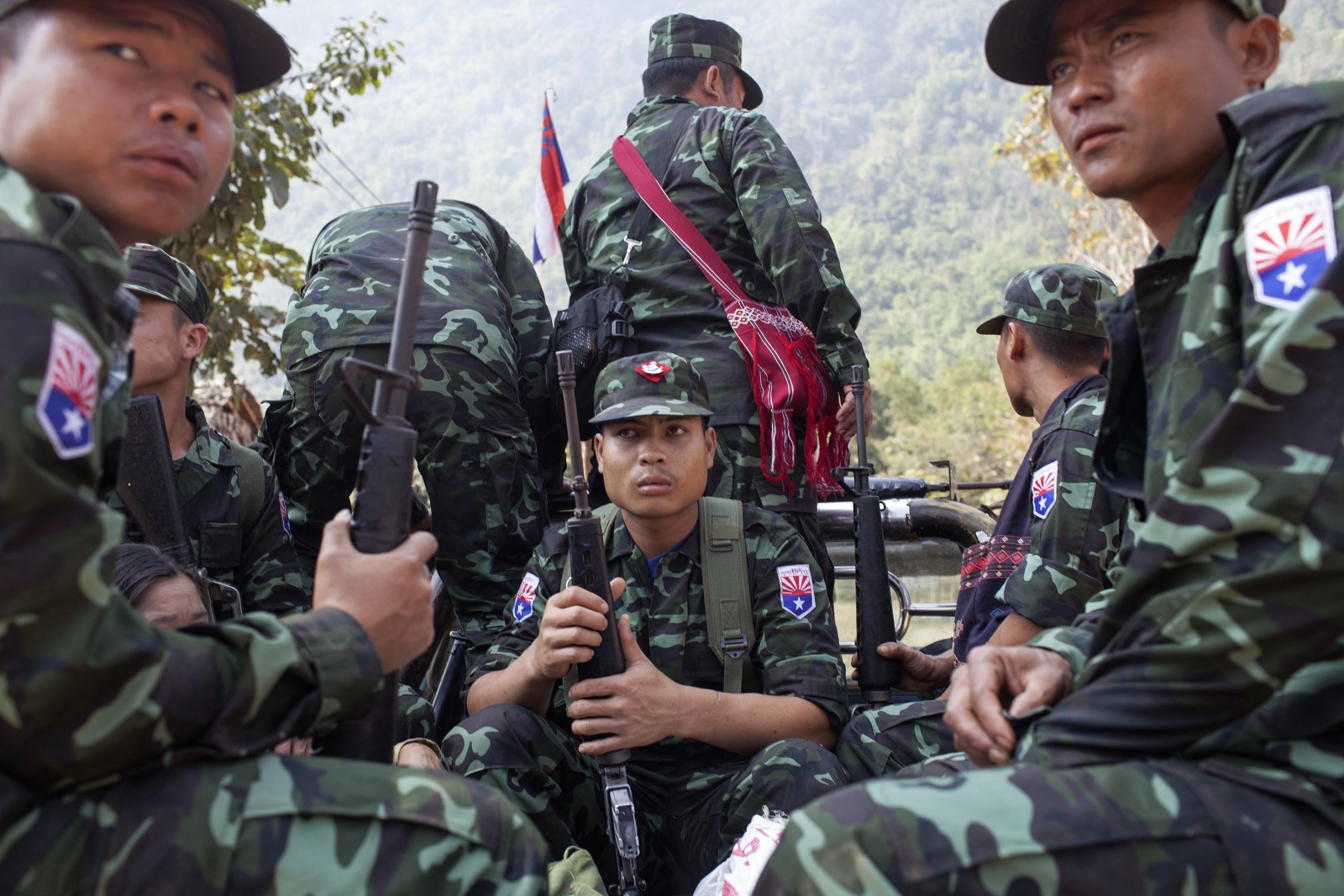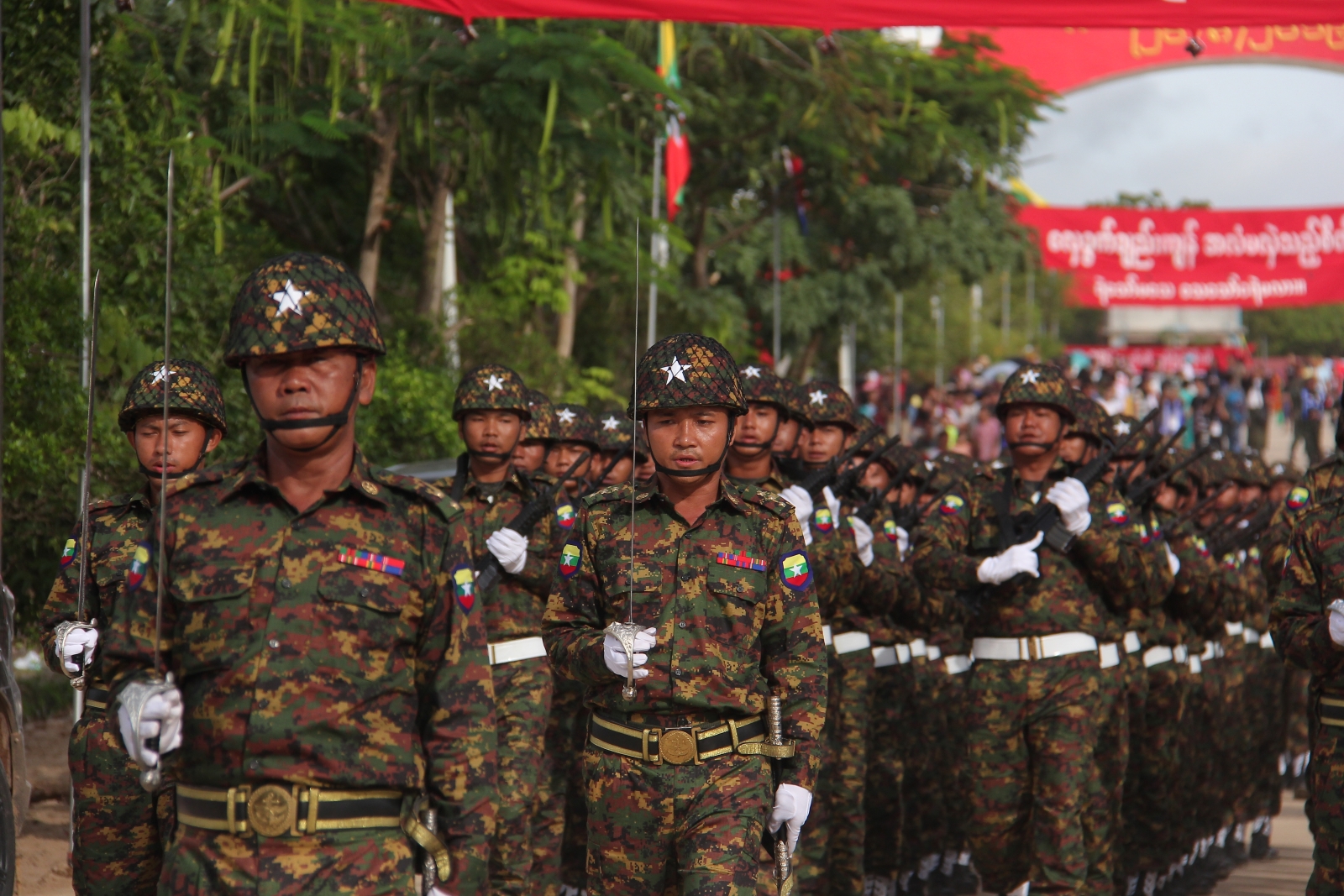EDITORIAL
The military’s recent humiliations have injected new life into the resistance, making it more important than ever to build a united front.
What a difference a few months can make. The military’s crushing defeats in northern Shan State have emboldened resistance groups across the country, while Senior General Min Aung Hlaing’s grasp on power is looking increasingly shaky. Rumblings of dissatisfaction with his rule had been emanating from military circles for months, but in recent weeks there have been open calls for the junta chief to step down. Meanwhile, the regime’s most important ally, China, has reminded the generals they are subordinates, not equals, to Beijing, by browbeating them into accepting a humiliating ceasefire deal for northern Shan.
The National Unity Government has strived to adjust itself to this new reality, including by making a belated gesture of friendship to China. The NUG may enjoy only a loose relationship with the armed groups leading the northern Shan fight, but a weakened junta is a boon nonetheless. “England’s difficulty is Ireland’s opportunity,” Irish nationalists said whenever their colonial overlords in London ran into crisis, and a similar logic applies here.
Off the battlefield, the NUG’s opportunities are also diplomatic. Governments elsewhere in Asia have largely spurned it on the assumption that the junta is here to stay, but they may now feel the need to hedge their bets.
While frustration has grown with the NUG’s performance – and it has refused to attempt even a modest reshuffle in response – there’s still a need for national-level coordination, and for a face to present to the international community that captures Myanmar’s diversity. There are strengths to this diversity, as well as dangers to trying to enforce unity. However, the proliferation of resistance actors does make it harder to engage a distracted world, as well as to craft a broad military strategy.
Work is underway to overcome these challenges, and to build on the unprecedented unity achieved so far. Wednesday saw the publication of a joint position statement between the NUG and three of its closest allies, the Karen National Union, Chin National Front and Karenni National Progressive Party. The statement usefully spelled out some core positions, but it’s unclear how far they’re shared by other resistance groups, including the junta’s most formidable enemies in northern Shan and Rakhine State. Another key player in the north, the Kachin Independence Organisation, is also missing from the statement, despite having cooperated with the NUG in various ways.
The National Unity Consultative Council was meant as a venue for reaching a broader political consensus, and its members continue to work on a new constitution for Myanmar. However, it has lost key members, including the Kachin Political Interim Coordination Team and Shan Nationalities League for Democracy. Meanwhile, the NUCC held a People’s Congress in January 2022 that was supposed to be repeated every six months but has never reconvened.
Overcoming decades of distrust between politically isolated groups is extremely hard, and institutions like the NUCC were thrown together in a hurry following the 2021 coup due to the urgency of the situation. But any flaws in their makeup should be corrected with the same urgency. Because, if these collective institutions fail to deliver results, powerful actors could bypass them in pursuit of bilateral pacts that leave other groups out in the cold.
Despite its usual bloody-mindedness, the military has a history of negotiating its way out of conflicts it can’t win. Whatever their rhetoric, not every resistance group can be expected to hold the line and spurn compromise – particularly in the absence of a wider consensus. Some groups might feel they can go it alone or in limited confederations, following the path of the United Wa State Army by leveraging their military might and relations with China.
There may be advantages to political fragmentation, in terms of more local, responsive governance and the end to decades of dispossession by central governments. A reassertion of military control, conversely, would be a guaranteed disaster.
However, fragmentation could also invite the nightmare scenario of a military regime presiding over a rump state, continuing to rule by fear and with the support of anti-Western powers and criminal syndicates. A patchwork of armed groups could find themselves fighting over an enlarged periphery, militarising entire societies. Some groups, such as the KNU, stage elections and are checked by vibrant civil societies. But others, like the UWSA and Myanmar National Democratic Alliance Army, are essentially hereditary military dictatorships and hardly represent an alternative vision to junta rule.
The nightmare scenario can be avoided, so long as the right choices are made and open-mindedness prevails. There is all to play for, but time may not be on Myanmar’s side.


